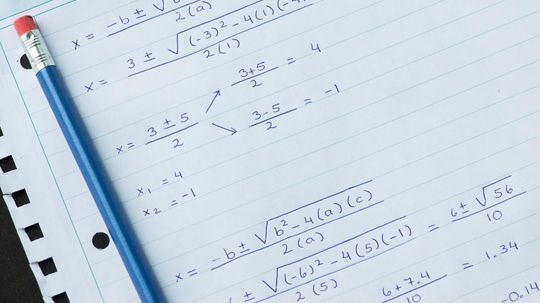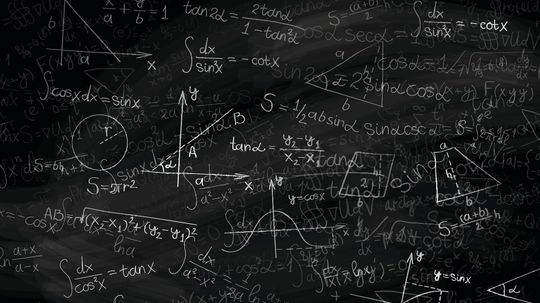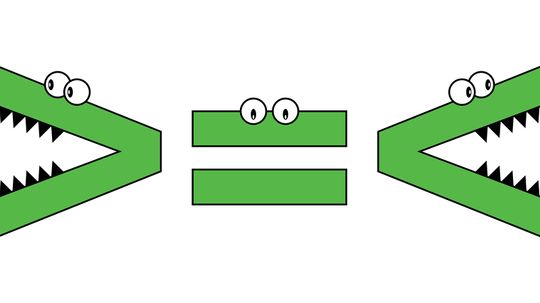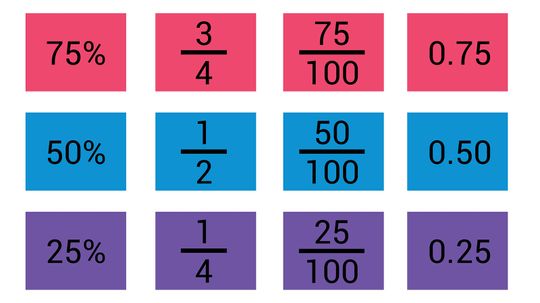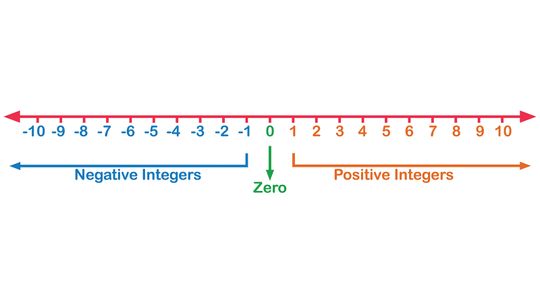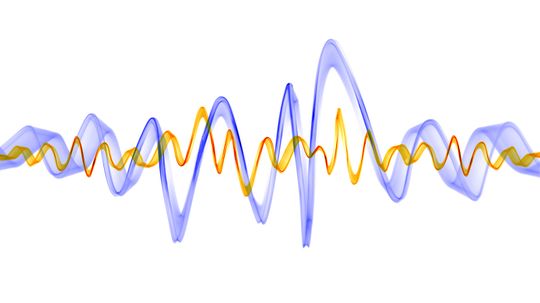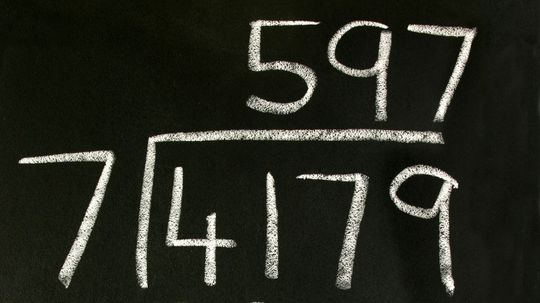Physical Science
Physical science is the study of the physical world around you. Learn about everything from electricity to magnetism in this section.

Brown Noise vs. White Noise: Which Is Best for Quality Sleep?

Can a sound wave kill you?

Can two cans and a string really be used to talk over a distance?

Delta-8 vs. Delta-9: Comparing Types of THC

Strong Bases: Properties, Applications and Examples

Comparing Strong Acids and Weak Acids

How Electricity Works

How Faraday Cages Work

How Gasoline Works

What do bugs have to do with forensic science?

5 Things You Didn't Know About Autopsies

Do a Person’s Fingerprints Change After Death?

How Alchemy Paved the Way for Chemistry

How did Nikola Tesla change the way we use energy?
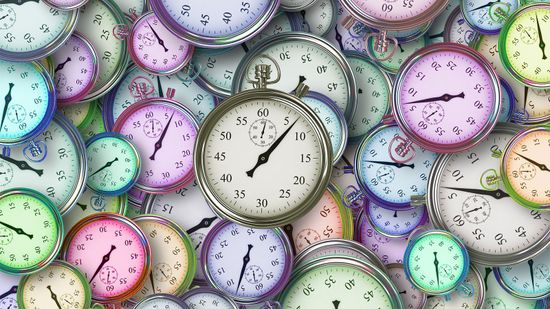
Time May Not Exist, Say Some Physicists and Philosophers

Why Does Ice Stick to Your Fingers?

What if I forgot to remove a piercing before an MRI?
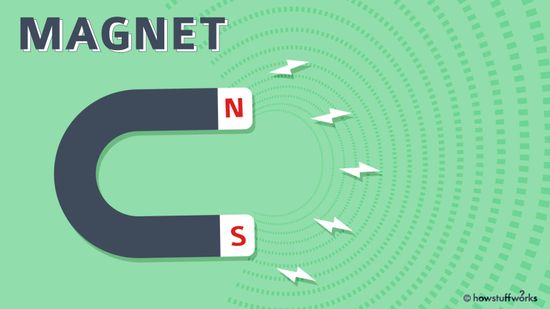
A Kid-friendly Introduction to Magnets and Magnetism

What Are Supplementary Angles?

Understanding Interval Notation in Mathematics

Trig Identities: A Crash Course in Complex Math Concepts

5 Hugely Fun Facts About Mass (Not Weight)

Antarctica's Spooky Cosmic Rays Might Shatter Physics As We Know It

Entropy: The Invisible Force That Brings Disorder to the Universe

The Demon Core: A Tale of Atomic Ambition and Tragic Fate

Half-Life Formula: Components and Applications
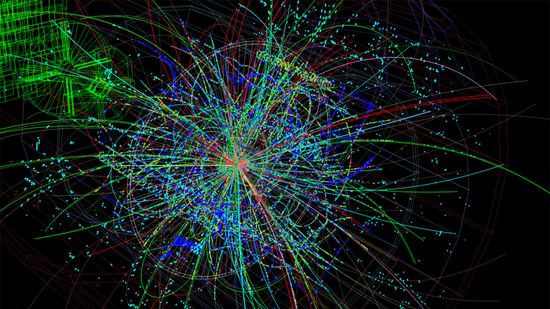
Could an 'X17 Particle' Hint at a Fifth Force in the Universe?

Why Are School Buses Yellow?
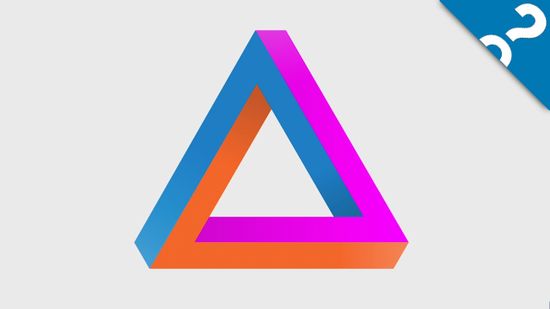
HowStuffWorks: How To Draw An Impossible Shape
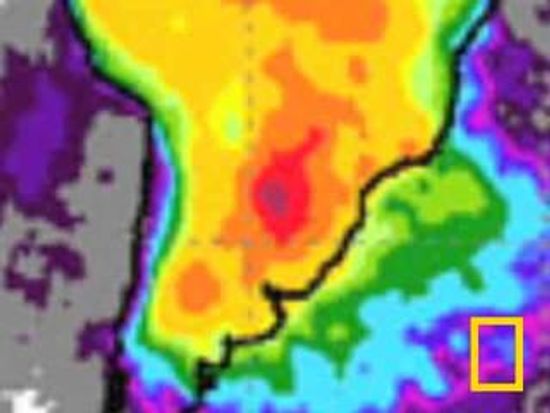
What Are the Colors in the Visible Spectrum?
Learn More
You've probably seen supplementary angles examples in your everyday life without knowing it. Whether you pass a leaning sign on a flat highway or walk by a shed with a lean-to roof — whenever two angles combine to form a straight, linear pair, there they are.
By Mitch Ryan
Mathematicians use something called interval notation to convey information about a range of values in a way that's clear and easy to understand. This form of writing is necessary because intervals are common concepts in calculus, algebra and statistics.
By Marie Look
Fundamental trigonometric identities, aka trig identities or trigo identities, are equations involving trigonometric functions that hold true for any value you substitute into their variables.
By Marie Look
Advertisement
Algebra is the branch of mathematics that focuses on formulas, and one of its key concepts is the representation of linear equations, which describe straight lines.
By Marie Look
Whether you're studying up for a math test, helping your child with homework or just trying to brush up before trivia night, learning the basic ins and outs of polygons will serve you well.
By Mitch Ryan
A rhombus is a parallelogram shape with two pairs of parallel sides and four equal sides. These four sides of equal length also define the rhombus as an equilateral quadrilateral. Etymologically, the name of this shape stems from the Greek word "rhombos," which roughly translates to "spinning top."
By Mitch Ryan
Greater than, less than, equal to: These terms are mathematical expressions that allow the user to compare two numbers or equations. Once you've become familiar with these terms — and the symbols used to represent them — you'll be able to apply them to various math problems.
By Zach Taras
Advertisement
As you might recall from math class, fractions and decimals are two different ways of representing the same thing. A third option, percentages, is a close cousin of decimals. However, making use of this knowledge requires knowing how to convert one into the other.
By Zach Taras
"Delta 8" has become a bit of a buzzword in the cannabis industry and the community health sphere. But what exactly is delta-8, and how is it different from "regular" cannabis?
By Sascha Bos
A number line is a pictorial representation of real numbers. It is most commonly used in elementary math classes to help students compare numbers and perform arithmetic operations like addition, subtraction, division and multiplication.
By Mitch Ryan
Mean, median, mode and sometimes range, are all different methods for finding probability distribution in statistics. Range can be a helpful yardstick when calculating data values that are close together, but it can quickly become confusing if there is a wide gap between the smallest value and the largest number.
By Mitch Ryan
Advertisement
In chemistry, the classification of substances into acids and bases is fundamental.
By Marie Look
In the history of atomic research, few stories are as gripping or cautionary as that of the demon core, a plutonium sphere designed for one of history's most devastating weapons. This tale not only encapsulates the highest point of atomic ambition but also serves as a somber reminder of the human cost associated with such power.
In the world of chemistry, understanding the difference between strong acids and weak acids is fundamental for both students and professionals alike. Strong acids are known for their ability to completely dissociate in water, making them a pivotal topic in chemical reactions and laboratory experiments.
As a child, when trying to come up with the biggest number possible, you might have said "infinity plus one." While technically infinity is the largest number because you cannot run out of numbers, the biggest numbers that we know of are still difficult to count but a bit more quantifiable.
By Yara Simón
Advertisement
Flame colors span a spectrum that tells a tale as old as fire itself. Many people wonder what color is the hottest flame; more than a testament to the natural fascination with fire's beauty, this question underscores a fundamental principle in the science of thermodynamics and combustion.
Do you need to calculate the rate at which something changes over time? Whether it's the change in the x-value over the change in the y-value of a line on a graph, or the distance travelled by a car over the course of an hour-long drive, you'll need a rate of change formula.
By Sascha Bos
Physicists use the displacement formula to find an object's change in position. It sounds simple, but calculating displacement can quickly get complicated.
By Sascha Bos
In nuclear physics, the concept of half-life plays a crucial role in understanding the decay of radioactive substances. Scientists use the half-life formula in other disciplines to predict the rate of decay, as well as measure the age of ancient artifacts through carbon dating.
By Yara Simón
Advertisement
Frequency is a fundamental concept when you're talking about waves, whether that means electromagnetic waves like radio waves and visible light, or mechanical vibrations like sound waves.
By Marie Look
The wavelength formula is a fundamental concept in physics, particularly in the study of waves and electromagnetic radiation.
By Yara Simón
In math, few skills are as practical as knowing how to do long division. It's the art of breaking down complex problems into manageable steps, making it an essential tool for students and adults alike.
We get it: You need help with the parabola equation because those graphs won't draw themselves. Here's how to draw a parabola from an equation.
By Yara Simón
Advertisement
Trying to figure out whether your research problem would benefit from qualitative vs. quantitative data? Learn about the differences and uses of each.
By Yara Simón
Distinguishing between discrete vs. continuous data and situations that call for each data type is important in ensuring you get your desired results.
By Marie Look

